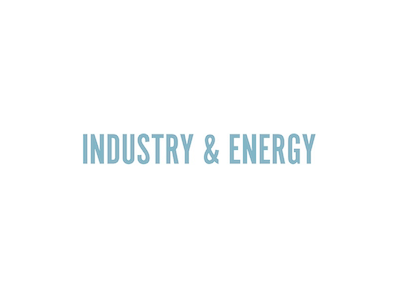Germany – A team led by Forschungszentrum Jülich have introduced a nanostructured, transparent material for the front of solar cells.
Silicon solar cells have been steadily improved over the past decades and have already reached a very high level of development. However, the disturbing effect of recombination still occurs after the absorption of sunlight and the photovoltaic generation of electrical charge carriers. In this process, negative and positive charge carriers that have already been generated combine and cancel each other out before they could be used for the flow of solar electricity. Special materials with a special property – passivation – help against this. In addition, the ultra-thin layers are transparent – so the incidence of light is hardly reduced – and exhibit high electrical conductivity.
High efficiency
A first prototype of the Jülich TPC solar cell achieved a high efficiency of 23.99 percent (+- 0.29 percent) in the laboratory. This value was also confirmed by the independent CalTeC laboratory of the Institute for Solar Energy Research in Hamelin (ISFH). This means that the Jülich TPC solar cell still ranks slightly below the best crystalline silicon cells made in laboratories to date. But simulations carried out in parallel have shown that efficiencies of more than 26 percent are possible with TPC technology. With this strategy, the Jülich scientists pave the way for their development from the laboratory to a large scale in industrial solar cell production without too much effort.
Production of solar cells
Several process steps were necessary to produce the layers of the TPC solar cell. On a thin layer of silicon dioxide, the researchers deposited a double layer of tiny pyramid-shaped nanocrystals of silicon carbide – applied at two different temperatures. Finally, a transparent layer of indium tin oxide followed. The team used wet chemical processes, chemical vapor deposition (CVD) and a sputtering process.
For their success, the Jülich researchers from IEK 5 and the of the Jülich Ernst Ruska Center for Electron Microscopy worked closely with several institutes in the Netherlands, China, Russia and Ecuador. The partners include researchers from RWTH Aachen University, the University of Duisburg-Essen, the Technical Universities of Delft and Eindhoven, the Universidad San Francisco de Quito, the University and Kutateladze Institute of Thermophysics in Novosibirsk and Sun Yat-Sen University in Guangzhou. In further steps, the research group plans to further optimize the power yield of its TPC solar cells.





